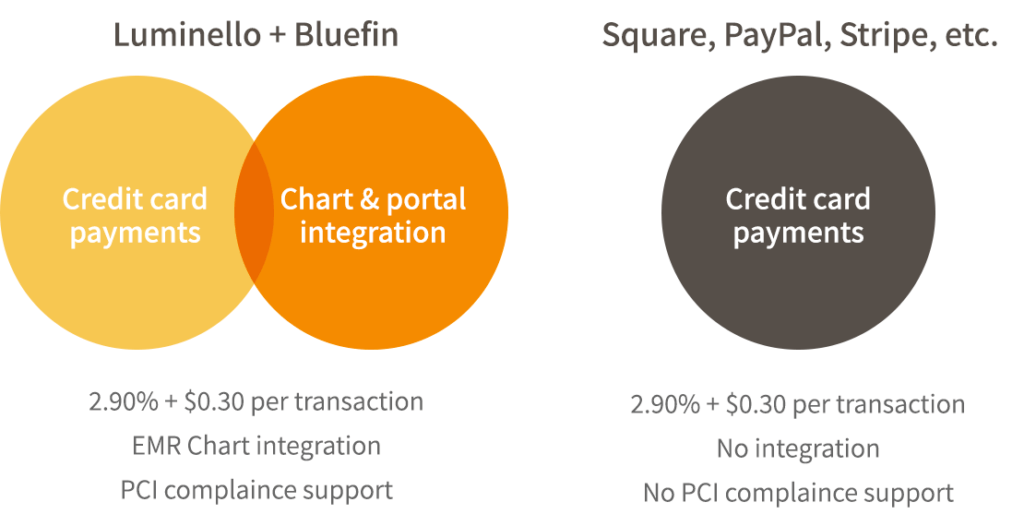Working with individuals’ strong emotional states goes hand in hand with the mental health profession. We often need to allow our clients to sob, express anger, and tremble, as they identify their fears. However, we owe it to ourselves, the client, and the community to de-escalate if we are concerned about significant disruption. It is important to look at ways to try and stop further escalation as well as safety precautions when danger to self or others is involved.
Listen, Reflect, and Be Non-Judgemental
It is an ineffective practice to try and convince an escalated client that their anger is incorrect or misplaced. Oftentimes, when a client gets to this point of dysregulation, their capacity to rationalize or hear other perspectives is offline. So instead of arguing with the fallacies in a client’s perspective, acknowledge their anger. Even if we do not agree with their response, there is often something we can validate in their experience.
Example:
A client comes into your office and starts yelling about how the front desk staff has not remembered to send them appointment reminders. Instead of reminding the client that it is their responsibility to track when sessions are, one can validate, “I can see how angry this is making you; I know these sessions are important, and you do not want to miss them.”
Remain Calm
The most essential tip for de-escalation is to stay calm. Although this may seem simple, it can be incredibly difficult to not mirror a client’s emotional state. If they are raising their voice, it can be an automatic reaction to raise ours. However, if we remain calm, we can increase the chances the client will mirror our behavior.
Tips for demonstrating calm
- Use a neutral rate and tone of voice.
- Show a relaxed posture.
- Maintain a neutral facial expression.
- Minimize hand gestures.
Set Boundaries and Consequences
Boundaries are an essential part of this profession. This remains true when we are attempting to de-escalate a situation. Boundaries and consequences are incredibly important to our well-being as practitioners. Often when dealing with rage, it can feel out of our control. Boundaries assist us in creating a guideline for what we will tolerate in session and what we will not.
Example:
Your client is becoming increasingly agitated that they are not feeling better after working with you for several weeks. The client begins yelling, “Why do I even come here?! This is a complete waste of my time; you are useless! All you want me to do is talk about how I am feeling. How is that even supposed to help?! Useless! Useless! Useless!”
A potential boundary and consequence you can set would be, “I hear that you are upset about how the treatment is going. I want to work with you to address your concerns. However, I will not be able to discuss this unless you lower your voice. If you are unable to do so, we will need to end our session here for today.”
Focus on Immediate Needs
When a client is in the midst of significant rage, it is unlikely they will be able to do nuanced introspection. It may be appropriate at a later time to explore with the client what internal mechanism may have been triggered that caused such a reaction. However, at the moment try and decipher if there is an immediate need the client is expressing.
Example:
A client walks into your office crying and yelling, “You set me up with the worst social worker! He didn’t even show up to our appointment! No one cares about me. I guess it doesn’t matter to you that I need housing!”
Instead of addressing the emotional content immediately, you might want to assess for immediate need. “I understand this is really important. Do you have somewhere to stay tonight? Should we call some shelters together?”
When De-escalation Strategies Are Not Enough
Depending on your setting, there may already be protocols in place for when the safety of self, client, or others is at risk. Working at a hospital, there may be more of a threshold for dangerously escalated clients, as there are often security personnel and teams to assist. However, for many of us working in group practices, private practices, and outpatient clinics, we have to identify our own risk tolerance and protocol.
Safety of Practitioner
The American Psychological Foundation has reported that between 35 percent and 40 percent of psychologists in clinical practice are at risk of being assaulted by a patient at some time during their clinical careers. If a client is becoming dysregulated to the point of potentially inflicting physical harm on you as a provider, you need to leave the situation and/or call for help.
Like any other profession, you have the right to your personal safety. There have been very few times in my career when I have feared for my safety. However, the times I have felt threatened have been truly unsettling, and I was thankful for the protocol I had set up.
When we are sensing a physical threat, we are likely to enter fight or flight; we are humans after all. And what we know about this state is that our reasoning centers may not be fully functional. This means we need to prepare for this scenario before it happens.
Install a Panic Button: When pressed it will make a loud noise, alerting other colleagues that you need immediate assistance.
Strategic Seating: Place your seat to be closest to the door. This will allow you to make a speedy escape from the room and not be hindered by your client.
Make an excuse: If a client will not calm down and you are feeling threatened, excuse yourself by saying you need to use the restroom.
Safety of Client or Others
If a client is making serious threats of harming another person in their state of rage, we are mandated to report this to the authorities and warn the individual that may be the target of threats of violence. If our client is threatening to seriously harm themself or is exhibiting self-harming behavior in our presence, de-escalation is likely going to be insufficient, and we need to involve emergency services. Preparing for this can look like having a readily accessible note that has phone numbers for local emergency services. When in doubt, there is always 911.
Pope K. Crisis intervention in dealing with violent patients: De-escalation techniques.
Available at paetc.org/wp-content/uploads/2014/10/De-escalation-PACE.pdf.
Richmond JS, et al. Verbal de-escalation of the agitated patient: Consensus statement of the American Association for Emergency Psychiatry Project BETA De-escalation Workgroup. West J Emerg Med. 2012 Feb; 13(1): 17–25. Available at 10.5811/westjem.2011.9.6864.


